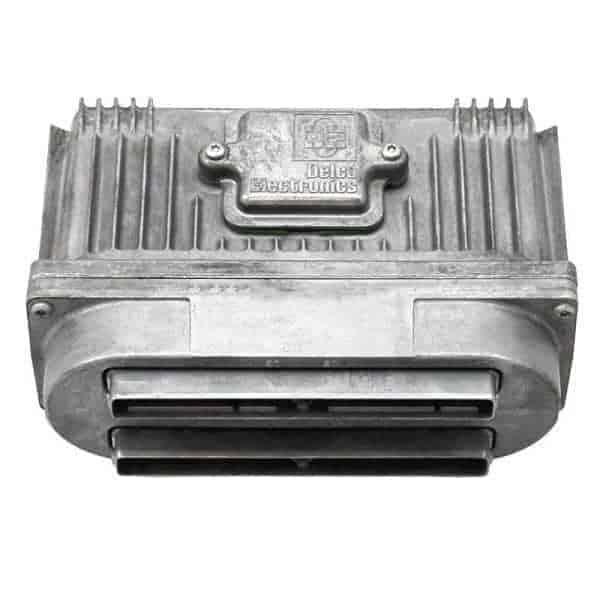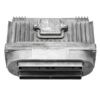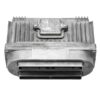Is Your 1996 GM Vehicle Running Rough, Stalling, or Showing a Check Engine Light?
It’s frustrating when a car you rely on starts acting up. Erratic engine behavior, poor fuel economy, or a persistent check engine light can point directly to a failing Powertrain Control Module (PCM), the electronic brain of your vehicle. For many 1996 GM cars and vans, this is a common issue as original components age. This isn’t just an inconvenience; it affects your car’s reliability and your peace of mind. You need a solution that’s both effective and straightforward, and that’s exactly what this professionally programmed engine computer provides.
Common Symptoms & Your Solution
If you’re experiencing any of the following issues, a faulty PCM is the likely culprit. This unit is the definitive solution to correct these problems and restore your vehicle’s factory performance.
- Check Engine Light (CEL) is on with various trouble codes
- Engine stalling or cutting out unexpectedly
- Rough or inconsistent idling
- Noticeable decrease in fuel mileage
- Harsh or erratic automatic transmission shifting
- Failure to pass an emissions test
- The vehicle won’t start, despite having a good battery and starter
Our Programmed 1996 GM PCM 16211539 arrives ready for a simple, direct installation, getting you back on the road with confidence.
Features & Benefits
- ✔ VIN-Specific Programming: We flash this module with the latest GM software updates using your vehicle’s unique VIN. This ensures perfect compatibility and function right out of the box, eliminating the need for expensive dealership programming.
- ✔ Restored Performance: By replacing your failing computer, you’ll restore your engine’s original efficiency, power, and smooth operation. Say goodbye to rough idling and poor acceleration.
- ✔ Plug & Play Installation: Because the unit is pre-programmed for your exact vehicle, installation is as simple as disconnecting the old module and plugging this one in. No special tools or procedures are required.
- ✔ Broad Compatibility: This PCM is a direct replacement for service numbers 88963800, 16211539, and 16231853, fitting a wide range of popular 1996 GM models.
- ✔ Guaranteed Quality: This unit is backed by our one-year replacement warranty. Drive with the assurance that your purchase is protected.
An Old Pro’s Advice: Why a Programmed Unit is a Must
I’ve seen it a hundred times. A customer with a mid-90s GM car tries to save a few bucks with a junkyard PCM. It seems like a good idea until they realize it won’t work without being programmed to their car’s specific VIN and options. Now they’re stuck towing the car to a dealer and paying hundreds for programming, wiping out any initial savings. The electronics in these vehicles are robust, but they are not one-size-fits-all. Getting a pre-programmed unit like this Programmed 1996 GM PCM 16211539 is the smartest, most efficient way to do the job right the first time.
Frequently Asked Questions
Do I need to do any programming myself?
No. This PCM will arrive fully programmed to the VIN you provide. The installation is plug-and-play. In some vehicles, a simple security relearn procedure may be required, which can be done without any special tools.
Where do I provide my VIN?
After you complete your purchase, you will need to send us your 17-digit Vehicle Identification Number (VIN). We cannot ship the part until we receive this information, as it is essential for programming.
What is the difference between a PCM, ECM, and ECU?
The terms are often used interchangeably. PCM (Powertrain Control Module) is the most accurate term for this part as it typically controls both the engine and transmission. ECM (Engine Control Module) and ECU (Engine Control Unit) are older terms that sometimes refer to a computer that only controls the engine.
Will this fix my check engine light?
If the check engine light is caused by a faulty computer, then yes, this part will resolve the issue. We always recommend having your vehicle properly diagnosed to confirm the PCM is the point of failure before ordering.
Is this compatible with my 1996 Cutlass?
Yes, this part is compatible with the 1996 Oldsmobile Cutlass with either the 3.1L or 3.4L engine, as well as a wide variety of other 1996 GM vehicles. Please check the detailed fitment list on this page to confirm compatibility with your specific model and engine.


